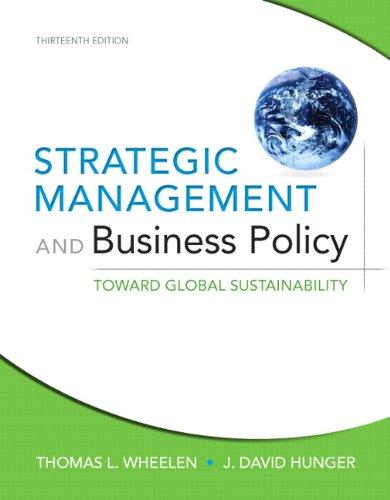Question
B1. Suppose that the required reserve ratio is 6%, currency in circulation is $1900 billion, the amount of checkable deposits is $1550 billion, and excess
B1.
Suppose that the required reserve ratio is 6%, currency in circulation is $1900 billion, the amount of checkable deposits is $1550 billion, and excess reserves are $250 billion.
(a)Calculate the money supply, the currency deposit ratio, the excess reserve ratio, and the money multiplier.
(b)Suppose the central bank conducts an unusually large open market sale of bonds to commercial banks of $ 1,000 billion to prick an ongoing housing bubble. Assuming the ratios you calculated in part (a) remain the same, predict the change of the money supply, and the resulting money supply in the market after the sale.
B2.
(a)Crisis-free Bank started its first day of operations with $200 million in capital. It received a total of $200 million in checkable deposits. The bank makes a $100 million commercial loan and invests $90 million in shares and $100 million in Treasury bonds. Assume required reserves are 8% of deposits and all remaining assets are kept as excess reserves, write the balance sheet of Crisis-free Bank.
(b)Suppose that you are the manager of Unique National Bank, whose current balance statement is as follows:
Rate-sensitive Assets are$120 million
Fixed-rate Assets are $30 million
Rate-sensitive Liabilities are$100 million
Fixed-rate Liabilities are $20 million
Bank Capital is $30 million
(i)Use the gap analysis to calculate the change in the bank's profit if the interest rate decreases from 4% to 1%.
(ii)Suppose that the average duration of its assets is four years, while the average duration of its liabilities is three years. Use the duration analysis to calculate the approximate change of the bank's net worth as a percentage of the total original asset value if the interest rate decreases from 4% to 1%.
B3.
Using graphs of the market for reserves, indicate what happens to the federal funds rate (the cash rate in Australia), borrowed reserves, and nonborrowed reserves in the following situations holding everything else constant. Note that different starting positions of the graph can result in different results; your answer must cover all potential scenarios.
(a)The Fed (central bank) reduces the required reserve ratio
(b)The Fed (central bank) reduces the target federal funds rate.
Step by Step Solution
There are 3 Steps involved in it
Step: 1

Get Instant Access to Expert-Tailored Solutions
See step-by-step solutions with expert insights and AI powered tools for academic success
Step: 2

Step: 3

Ace Your Homework with AI
Get the answers you need in no time with our AI-driven, step-by-step assistance
Get Started


